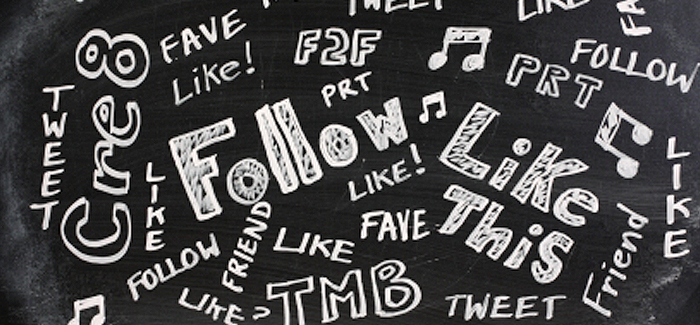relevent/ marketing ideas

Social media can be used as an event help desk: it’s a channel that allows event planners to relay important information, respond quickly to questions, and provide pre-event support. It builds commitment by helping participants feel heard and assisted. A downside can be that when issues remain unaddressed, other members of the event community notice; this can reflect badly on the event, and magnify problems. This is why in-house resources must be dedicated to effectively managing an event’s social media presence.
If you want to drive engagement on social media, then you need to ensure that you can be there to respond to participants’ inquiries in a timely and efficient manner.
As a broadcast desk, social media can help event organizers share up-to-date event news and information, ensuring it reaches the community more quickly than an update to the event website. Platforms like Twitter can broadcast and magnify a message quickly, drawing people back to the event website for more detailed information, and creating online buzz about your event.
Social media helps drive engagement between participants, facilitating conversations long before the event starts. It creates a space for participants to talk about the event program, to define what they want and what they’re excited about. And it gives them the opportunity to become event ambassadors by sharing their excitement.
If you want to drive engagement on social media, ask your participants questions, respond to the their inquiries and be social! “We are human,” says social media strategist Mack Collier. “If someone doesn’t respond to us when we say something to them, then the chances are that we won’t keep talking to them. Engage with those who want to engage with you!”
Organizers can use social media to draw people to the event website, which acts as an information hub. In this way, social media becomes a broadcaster and amplifier, informing both the existing community and potential new participants about what they can anticipate at the event. This in turn drives traffic back to the event website, and can encourage new attendees to sign up.
Online chats with speakers are a great way to offer both confirmed attendees and potential registrants content sampling—a sneak preview into the event program. In addition to connecting with participants in advance, and building commitment to the event, this can effectively encourage speakers to take a lead role in promoting their own presentations. Speakers can tap into their own communities, opening up new sources of attendees and lending the weight of their expertise to promotional efforts.
Social media can also help shape the event program through crowd-sourcing—online community polling and discussion that offers participants the chance to become meaningfully involved in developing the event program. Social media invites people into the process, building a sense of ownership and greater commitment to the event. And it encourages future participants to become involved, as they realize that they’ll be able to play an active role in determining what the program will look like.
An example of strategic use of social media to drive engagement with an event was the photo/video campaign run in the lead-up to the 2013 World Parkinson Congress. The “See You in Montreal” campaign invited people to send in their photos and videos; these were compiled in an album on Instagram, and shared via the WPC2013 website, Facebook, Twitter, and onsite. The Congress made use of a wide range of social media channels, including YouTube, Twitter, Facebook, LinkedIn, and Instagram, and encouraged participants to connect, share, and raise awareness before and during the event.